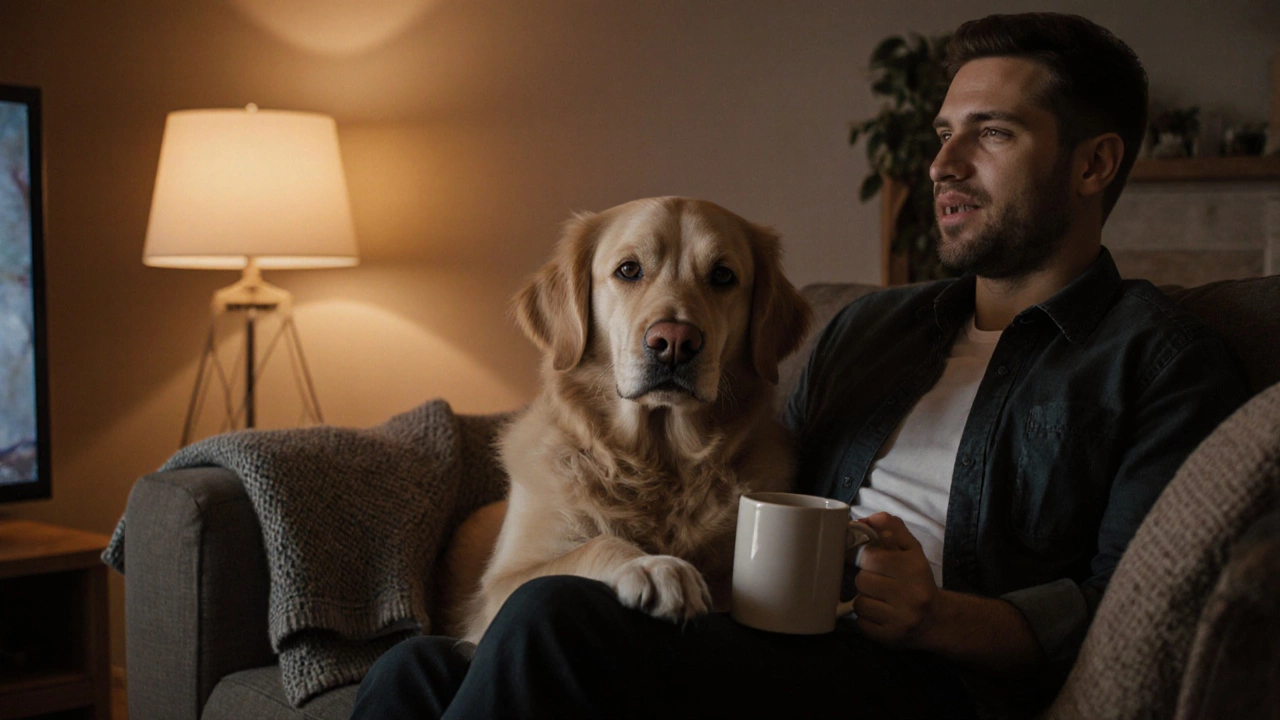Dog Communication: Understand What Your Dog Is Really Trying to Say
When you think about dog communication, the way dogs express needs, emotions, and intentions without words. Also known as canine signaling, it’s not just barking or tail wagging—it’s a full-body language system shaped by thousands of years of evolution and bonding with humans. Most owners miss half of what their dog is saying because they’re looking for the obvious cues and ignoring the quiet ones. A dog that turns its head away isn’t being rude—it’s trying to calm things down. A slow blink? That’s a love note. A stiff tail held high? That’s a warning, not a greeting.
Understanding dog body language, the physical signals dogs use to convey mood and intent is the first step to better communication. It includes ear position, paw lifts, lip licking, and even how they sit. Then there’s dog vocalizations, the sounds dogs make to express fear, excitement, frustration, or playfulness. Not all barks are the same. A high-pitched, rapid bark means alarm. A low, slow growl means caution. A whine during grooming? That’s stress, not disobedience. And let’s not forget dog behavior, patterns of action that reflect emotional state and learned responses. Sleeping next to your bed isn’t just clinginess—it’s trust. Chewing shoes isn’t spite—it’s anxiety or boredom. Every action has meaning.
When you start reading these signals correctly, you stop punishing your dog for things they don’t understand and start guiding them with clarity. You’ll notice how a dog that avoids eye contact might be overwhelmed, not stubborn. You’ll see that a dog who leans into your hand isn’t just seeking pets—it’s asking for reassurance. This isn’t magic. It’s observation. And it’s something every dog owner can learn, no matter their experience level.
The posts below give you real, practical examples of what dog communication looks like in everyday situations—from why your dog cries at the groomer to how they react to TV sounds, what they’re saying when they sleep right by your bed, and how to tell if they’re truly stressed during travel. You’ll find guides on training tools like vibrating collars and prong collars, not because they’re the answer, but because understanding how they affect communication helps you avoid mistakes. You’ll learn how to teach a puppy its name, how to read warning signs before a dog reacts, and how to make grooming or travel less scary. This isn’t theory. It’s what works in real homes with real dogs. Ready to finally understand what your dog is trying to tell you?
Posted By Bryndle Redding On 27 Oct 2025 Comments (0)
Why Does My Dog Put His Paw on Me? Dog Behavior Explained
Why does your dog put his paw on you? It's not always about begging. Learn the real reasons behind this common behavior-from affection and anxiety to pain-and how to respond in ways that strengthen your bond.
READ MORE